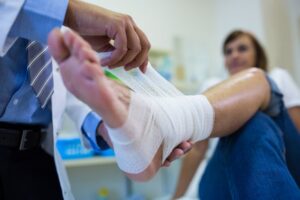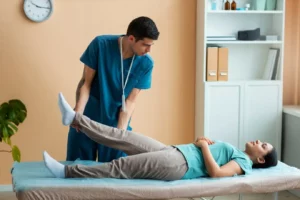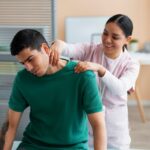Every June, National Safety Month serves as a vital reminder of the importance of safety in all aspects of life. Spearheaded by the National Safety Council (NSC), this annual observance focuses on reducing preventable injuries and deaths in workplaces, homes, communities, and on the road. By raising awareness and promoting safety measures, National Safety Month empowers individuals and organizations to create safer environments and prevent accidents.
Why National Safety Month Matters
1. Preventing Injuries and Saving Lives
In the U.S., unintentional injuries are a leading cause of death, with millions affected by workplace accidents, home hazards, and traffic collisions each year. National Safety Month shines a light on these preventable incidents and encourages actionable steps to reduce risks.
2. Empowering Individuals and Organizations
Safety is everyone’s responsibility. This month-long initiative provides tools and resources to help individuals and organizations prioritize safety in their daily lives.
3. Promoting a Culture of Safety
By participating in National Safety Month, communities, businesses, and schools can foster a culture of safety, making it a core value for everyone involved.
Focus Areas of National Safety Month 2024
Each week in June highlights a specific safety theme to address a wide range of risks:
Week 1: Workplace Safety
- Emphasizing the importance of maintaining safe working conditions.
- Topics include proper use of equipment, fall prevention, and addressing workplace hazards.
Week 2: Injury Prevention at Home
- Tips for avoiding common household accidents, such as falls, burns, and poisoning.
- Encouraging home inspections and safety upgrades.
Week 3: Road Safety
- Raising awareness about distracted driving, seatbelt use, and road-sharing etiquette.
- Highlighting the importance of vehicle maintenance.
Week 4: Emergency Preparedness
- Teaching individuals and families how to respond to natural disasters, fires, and other emergencies.
- Encouraging the creation of emergency plans and kits.
How You Can Participate in National Safety Month
1. At Home
- Conduct a home safety audit to identify and fix hazards like loose rugs, faulty wiring, or slippery floors.
- Install smoke detectors and carbon monoxide alarms.
2. At Work
- Host a safety training session or workshop for employees.
- Create a safety committee to address ongoing concerns and develop proactive measures.
3. On the Road
- Pledge to avoid texting while driving and obey all traffic laws.
- Share tips for road safety with family and friends.
4. In the Community
- Organize a local safety fair with booths offering resources on fire safety, first aid, and disaster preparedness.
- Partner with schools or community centers to provide safety education for kids.
Simple Safety Tips for Everyday Life
- Stay Aware: Pay attention to your surroundings and avoid distractions, whether you’re walking, driving, or working.
- Practice Proper Lifting Techniques: Avoid back strain by lifting with your legs, not your back.
- Use Safety Gear: Wear helmets, seatbelts, and protective gear as needed.
- Keep Emergency Numbers Handy: Always have quick access to emergency contacts.
- Learn Basic First Aid: Being prepared can save lives in critical situations.
The Ripple Effect of Safety Awareness
When individuals prioritize safety, it has a ripple effect, reducing preventable accidents and creating healthier communities. National Safety Month encourages everyone to play a role in this movement, reminding us that small steps can lead to significant changes.
Conclusion
National Safety Month is more than just an annual observance—it’s a call to action for individuals and organizations to prioritize safety every day. By focusing on prevention, preparedness, and education, we can work together to reduce accidents and save lives.
This June, take the opportunity to assess your safety practices and inspire others to do the same. Together, we can make a difference.
For more safety tips and injury prevention resources, visit Injuries Wiki—your trusted guide to staying informed and protected.









